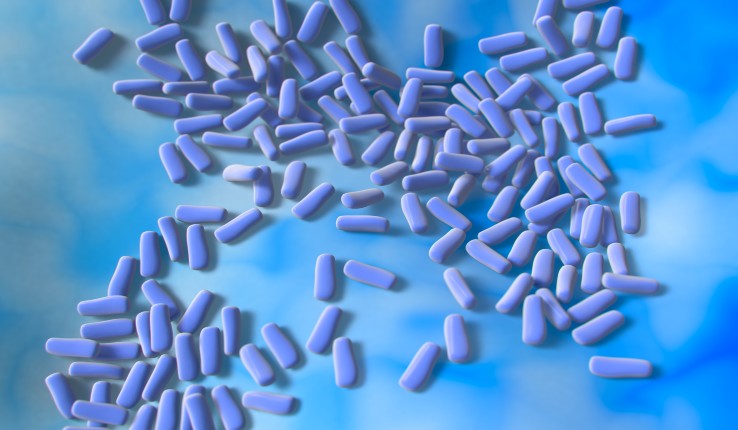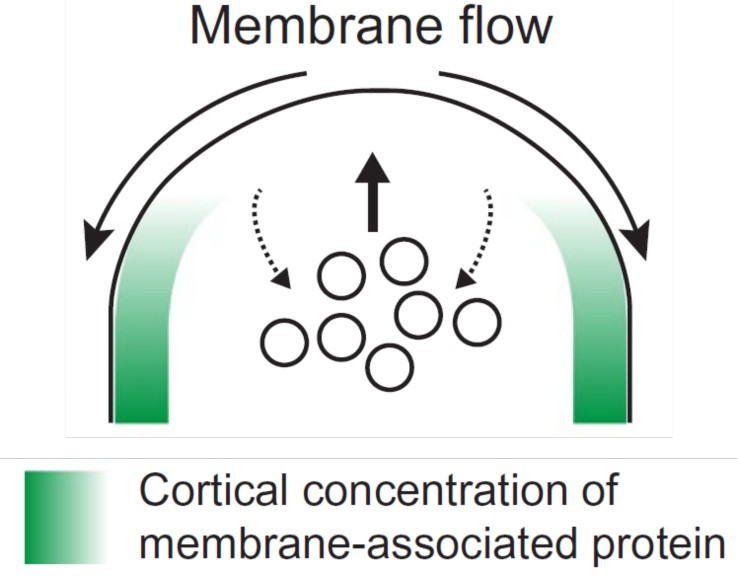Working with light to activate processes within genetically modified fission yeast cells is among the research performed by the experimental biologists in the Martin Lab at the University of Lausanne, led by faculty member Sophie Martin. Team members there were conducting such experiments when they noticed that a certain protein, when introduced into the cell, would become displaced from the cell growth region. So, they reached out to Dimitrios Vavylonis, who leads the Vavylonis Group in the Department of Physics at Lehigh University, to find out why.
“We proceeded to make a computational simulation that coupled cell membrane ‘growth’ to protein motion as well as model a few other hypotheses that we considered after discussions with them,” says Vavylonis, a theoretical physicist.
This multidisciplinary collaboration combined modeling and experiments to describe a previously-unknown biological process. The teams discovered and characterized a new mechanism that a simple yeast cell uses to acquire its shape. They describe these results in a paper called “Cell patterning by secretion-induced plasma membrane flows” in the latest issue of Science Advances (DOI: 10.1126/sciadv.abg6718).
When cells move or grow, they must add new membrane to those growth regions, says Vavylonis. The process of membrane delivery is called exocytosis. Cells also must deliver this membrane to a specific location in order to maintain a sense of direction―called “polarization”―or grow in a coordinated manner.



